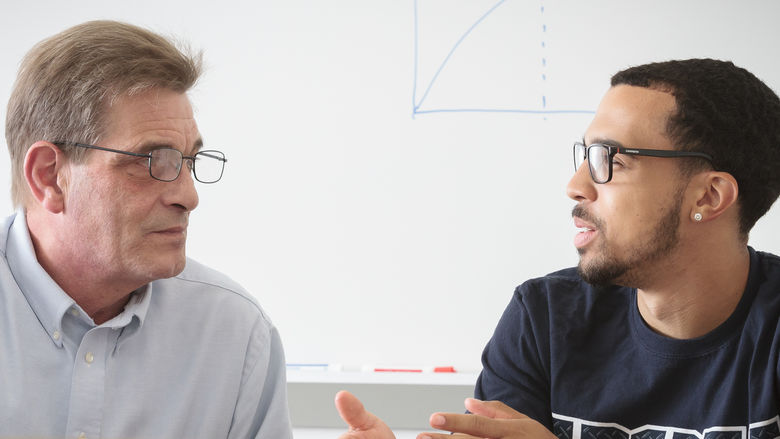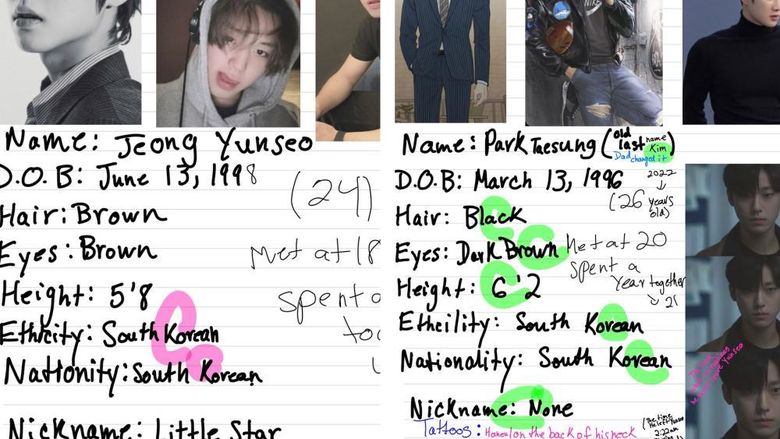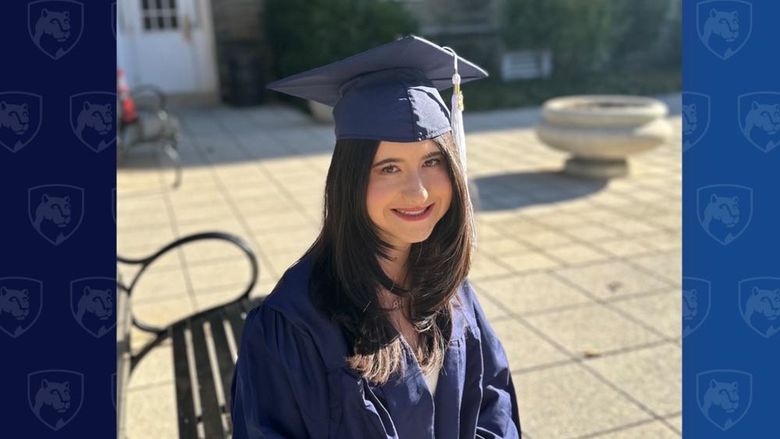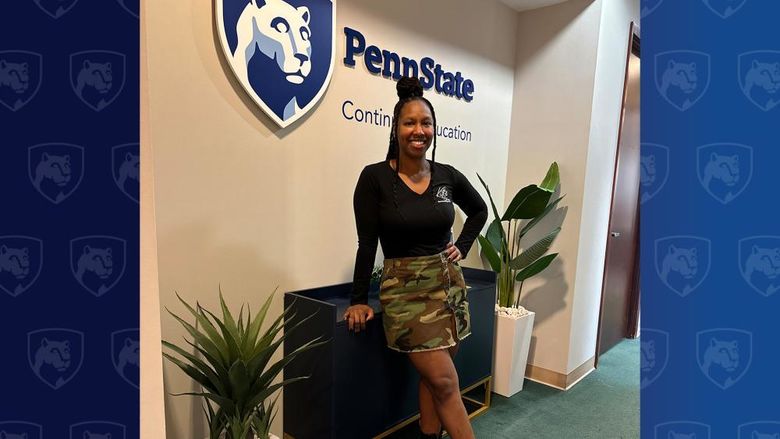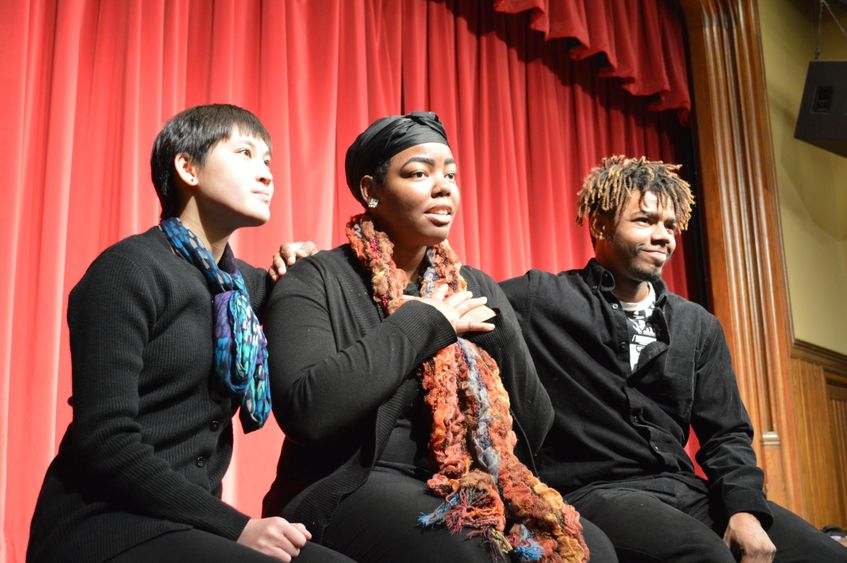
Diversity permeates the classroom and the campus community, inspiring a theater performance called The Diversity Project.
ABINGTON, Pa. — International, immigrant and multilingual students often face challenges in American classrooms. In addition to communication anxieties, there are cultural differences in teaching, class participation and interactions with other students and faculty.
Since non-native English speakers comprise almost 10 percent of the Penn State Abington student population, the college hosts Global Awareness Dialogue Project (GADP) seminars so faculty and staff may acquire tools to support the success of these students.
A recent GADP session tackled several issues tied to the theme "Lost in Translation: Communication in Linguistically Diverse Spaces," and organizers at Abington invited two experts to provide fresh perspectives.
Nicholas Subtirelu, assistant professor of applied linguistics at Georgetown University, highlighted two approaches to linguistic differences.
“You can work against differences using standard language or work across linguistic differences, which is actually the norm,” he said. “We all speak different ‘Englishes.’“
He cautioned against choosing one “English” over another.
“But when you level linguistic diversity then you level other benefits of diversity. You need to interact and work across these differences,” he said. “I recommend coming together to discuss how communication should proceed.”
"We all speak different ‘Englishes.’ But when you level linguistic diversity then you level other benefits of diversity. You need to interact and work across these differences."
— Nicholas Subtirelu, Georgetown University
Meredith Doran, director of the English for Professional Purposes Intercultural Center at Penn State, said students and faculty benefit from promoting inclusive classroom communication.
“No one is a pure native speaker. Biology class has its own culture just as eating at a local Vietnamese restaurant has its culture,” she said. “You need to let students know what is expected of them.”
Doran suggested faculty and staff avoid cultural and academic shorthand or slang. In American classrooms, lectures tend to be free-flowing and often filled with technical terminology and idioms, which can be challenging for students who lack previous exposure to such styles.
Subtirelu and Doran offered suggestions to engage non-native speakers and support them on the road to academic success.
- Create a more fluid communication space in the classroom by asking concrete questions early on so students can introduce themselves.
- Engineer class participation so it isn't a negative experience.
- Be explicit about your expectations of all students, explaining why participation is important and what constitutes good participation.
- Build communication and connection outside the classroom.
- Develop assignments that foreground diverse perspectives.
GADP is a dinner forum for faculty and staff to discuss diverse global issues and the impact on the classroom and campus community. The project is sponsored by the Abington Center for Intercultural Leadership and Communication.
About Penn State Abington
Penn State Abington offers baccalaureate degrees in 19 majors at its location just north of Philadelphia. Nearly half of its 4,000 students complete all four years at Abington, with opportunities in undergraduate research, the Schreyer honors program, NCAA Division III athletics, and more. Students can start the first two years of more than 160 Penn State majors at Abington and complete their degrees at University Park or another campus.
